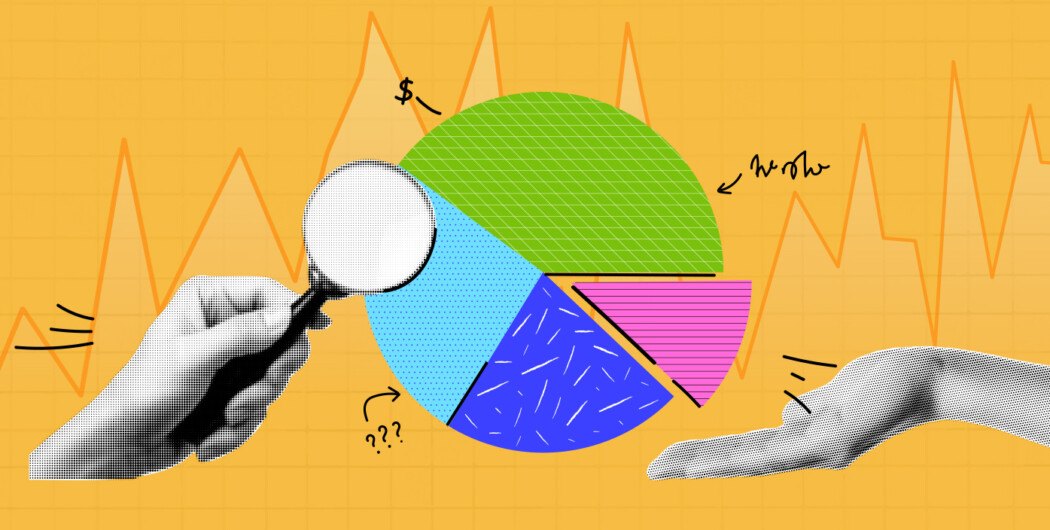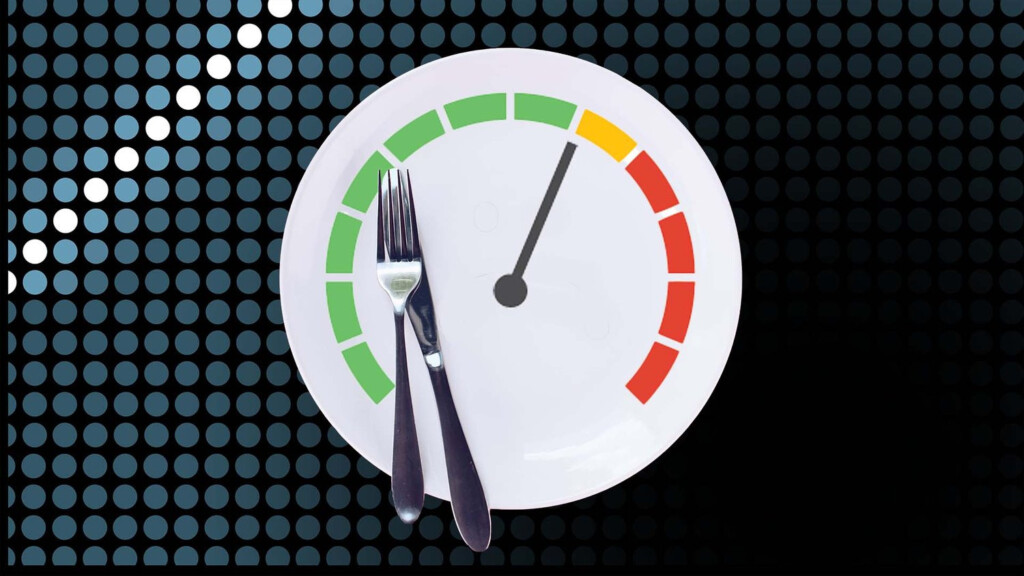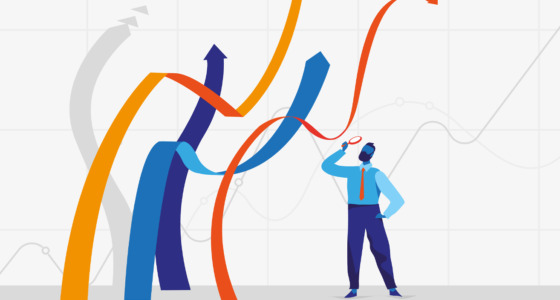

Risk management extends beyond traditional business or trading scenarios and into the realm of personal well-being for high-profile individuals. For example, in a move that caught the attention of the media and fans worldwide, renowned soccer player Cristiano Ronaldo took a unique risk management approach by insuring his legs for a staggering amount. And if he recognizes the value of his legs and takes measures to protect them, why wouldn’t you do the same for fixed time trading?
Let’s learn how to trade fixed time in a safe way.
A brief overview of fixed time trading

What is fixed time trading? It’s a financial trading method that involves forecasting the price movement of various assets within a predetermined time frame. Traders speculate on whether the price of an asset will rise or fall within a specified period, typically ranging from a few minutes to hours. The outcome is a fixed return if the forecast is correct or a loss if it is not.
In the case of forex trading vs fixed time trading, there are different structures. Forex appeals to those who want more flexibility and the ability to hold positions for extended periods. Fixed time trading, with its predetermined outcomes and shorter time frames, appeals to those seeking simplicity, quick results, and fixed risk-reward ratios.
While the specific risks may vary depending on the trading approach, all forms of trading involve potential financial risks that need to be managed effectively. Here are seven key considerations:
Identify risks
One significant risk in fixed time trading is market volatility. Sudden price changes, unpredictable trends, or unexpected news can all lead to rapid and substantial losses. Also, in fixed time trading, where transactions need to be completed within a specific timeframe, liquidity risk can be particularly challenging.
Operational risks are also prevalent and encompass technical failures, system crashes, or connectivity issues that can hinder trading activities.
Prioritize risks
You need to evaluate how a specific risk, if realized, could affect their financial position, profitability, or overall trading strategy. Risks that have the potential for significant financial losses or that can disrupt trading operations should be given high priority. Similarly, risks that have a higher likelihood of occurring (based on historical data, market analysis, and expert opinions ) should be given greater attention.
The interdependencies between risks is also important. If one risk could trigger or amplify the impact of another, like a liquidity crisis exacerbating market volatility, you should know about the potential domino effect in advance.

Understand risk appetite and set risk tolerance

Knowing your risk appetite in fixed time trading involves assessing your comfort level with the challenges of this trading style. A higher risk appetite, i.e., the ability to accept greater market fluctuations and time pressure for the opportunity of bigger profit, is actually the best thing for FTT. And then, define the maximum percentage of capital you are willing to risk per trade or within a fixed time frame.
Establish KPIs and metrics
These KPIs and metrics provide a quantifiable framework for assessing risks, setting goals, monitoring performance:
- Win Rate (percentage of successful trades compared to the total number of trades executed)
- Average Return per Trade (average profit or loss per trade)
- Risk-to-Reward Ratio (ratio of potential profit to potential loss in each trade)
- Maximum Drawdown (largest peak-to-trough decline in your trading account balance)
- Risk Exposure (total amount of capital at risk at any given time)
- Sharpe Ratio (risk-adjusted performance)
- Capital Preservation Ratio (percentage of the initial capital preserved over a specific period)
Develop risk response strategies
In a fixed time trading strategy, you want to include predefined risk limits, diversification, and position sizing. Since the first element has already been discussed, let’s focus on the other two.
With diversification, rather than focusing solely on individual trades, consider diversifying across different underlying assets, markets, or even FTT strategies. And with position sizing, it may be appropriate to reduce its compared to longer-term trading strategies to account for increased volatility and rapid trade execution.
Implement risk controls

One of the key aspects of implementing risk controls is maintaining proper trade discipline. It means avoiding impulsive decisions, chasing losses, or deviating from your strategy due to emotional factors. Remember that it’s not enough to develop strategies — the true efficacy of risk management strategies lies in their application, even in the face of temptation or emotional pressures.
Monitor and review
The closing guidelines on how to learn fixed time trading are to regularly review your trading journal to identify patterns, evaluate the effectiveness of your risk management decisions, and learn from both successful and unsuccessful trades.
Sources:
Risk Management Techniques for Active Traders, Investopedia
Trading System Performance Metrics, Trade Risk








